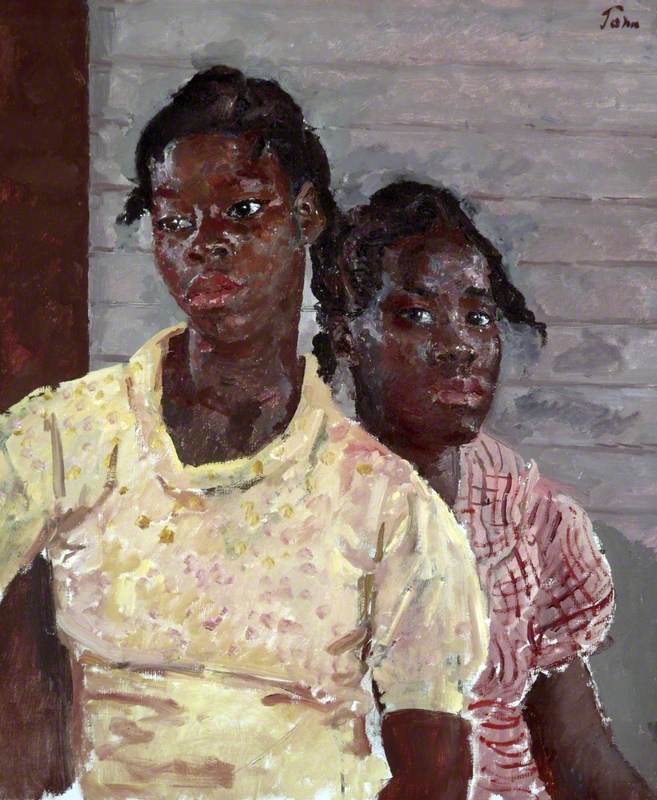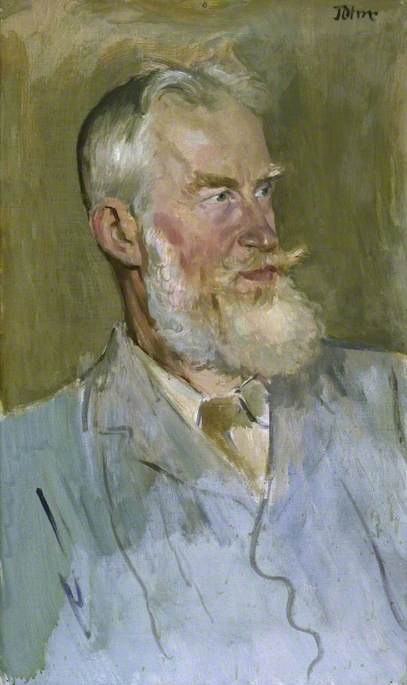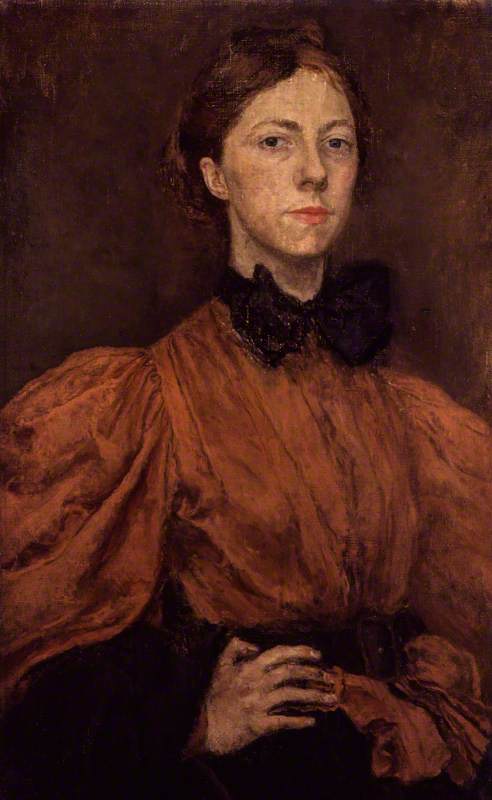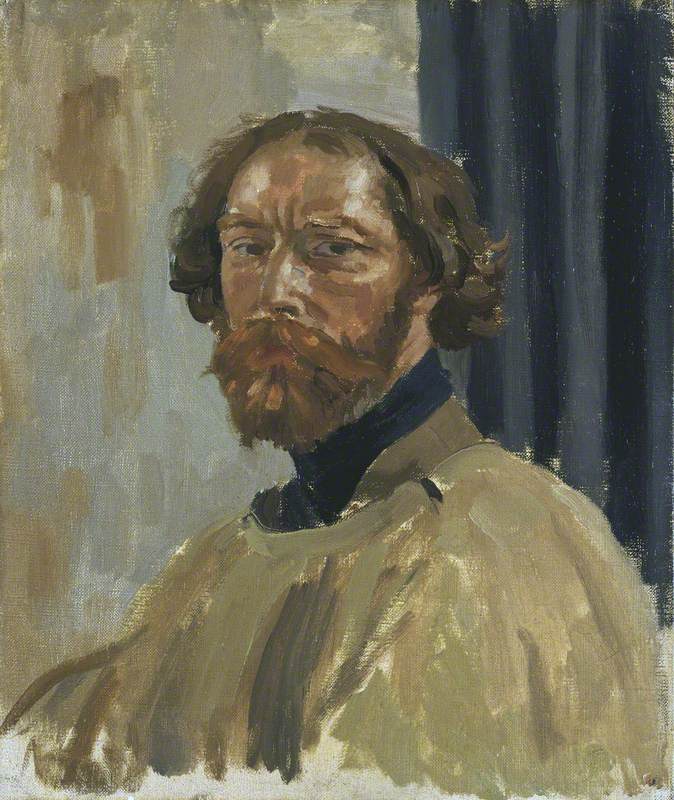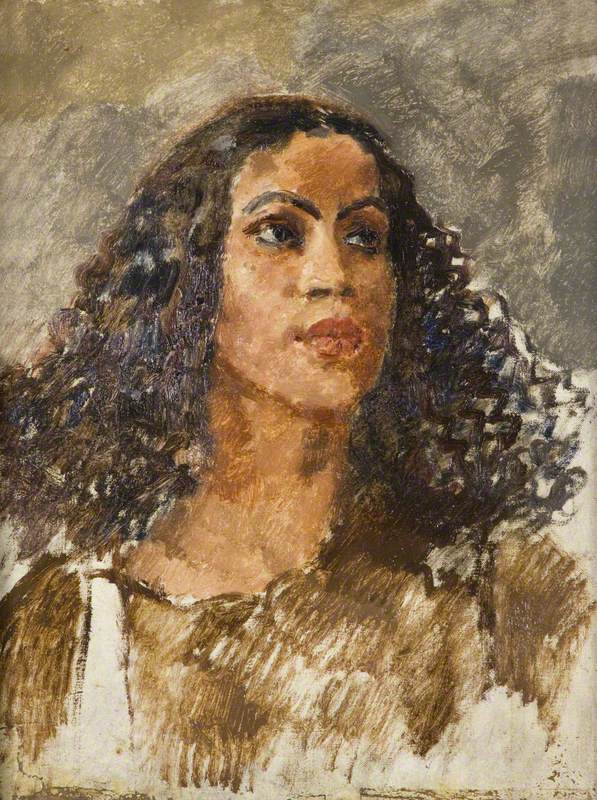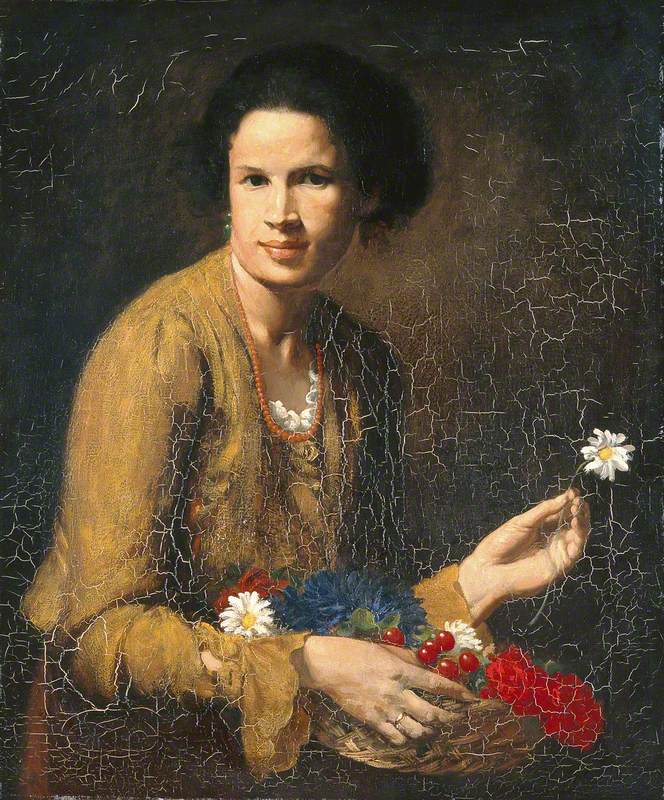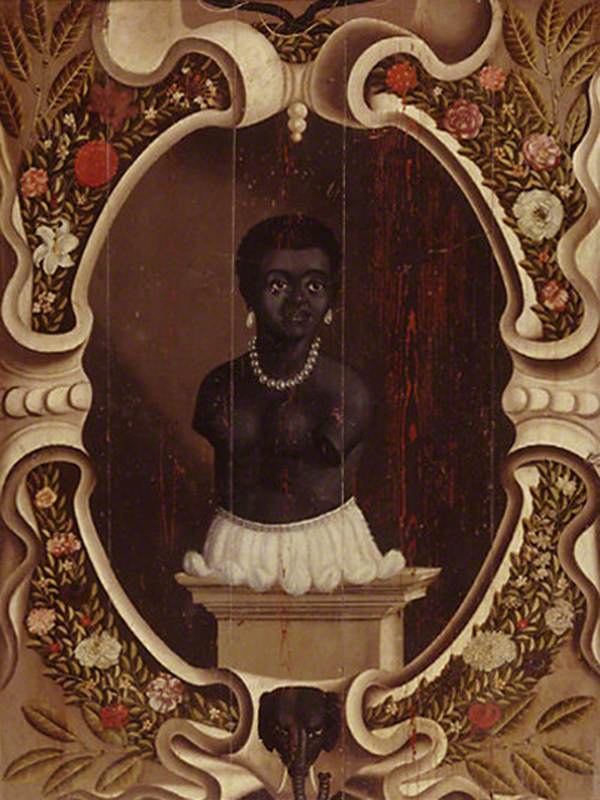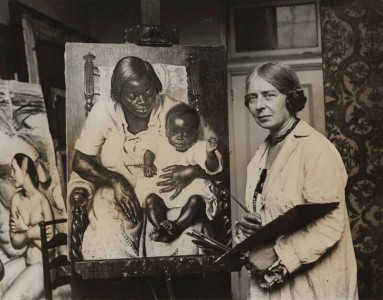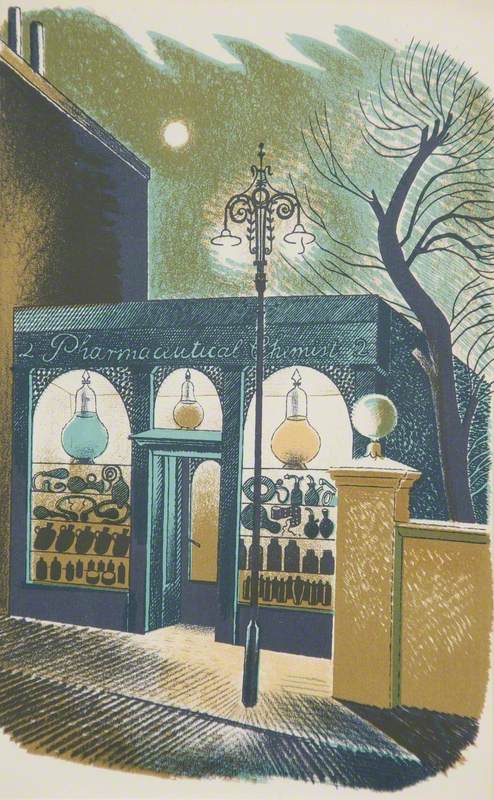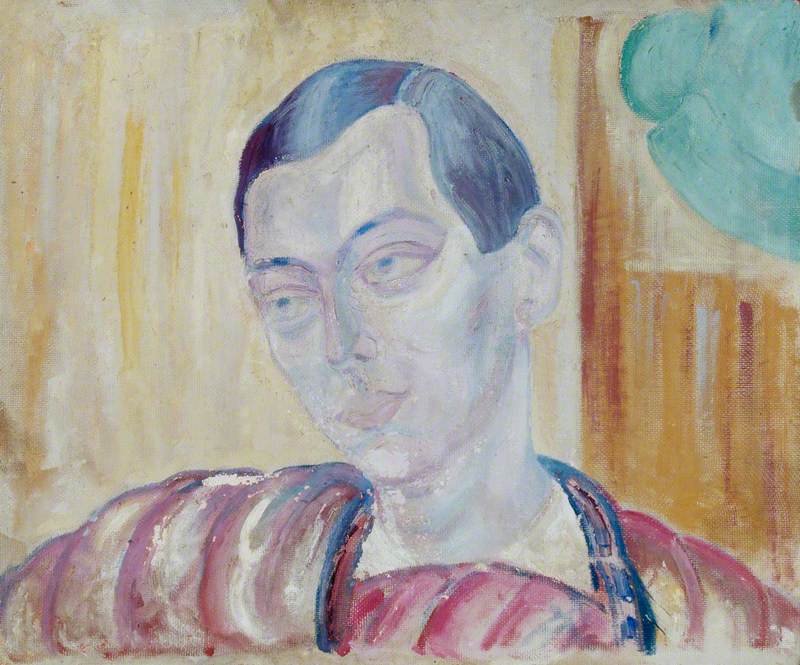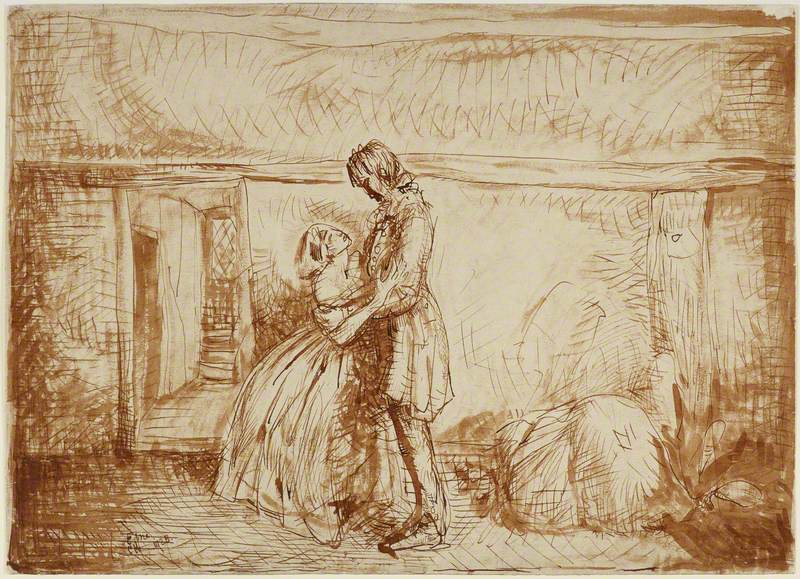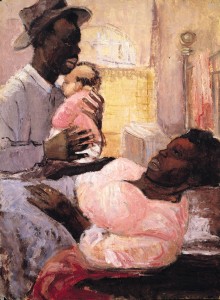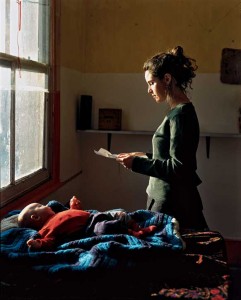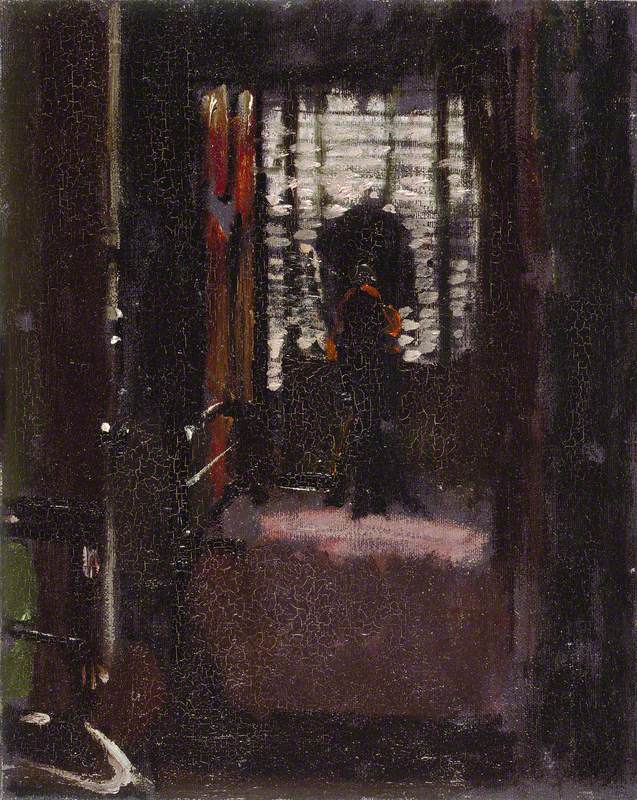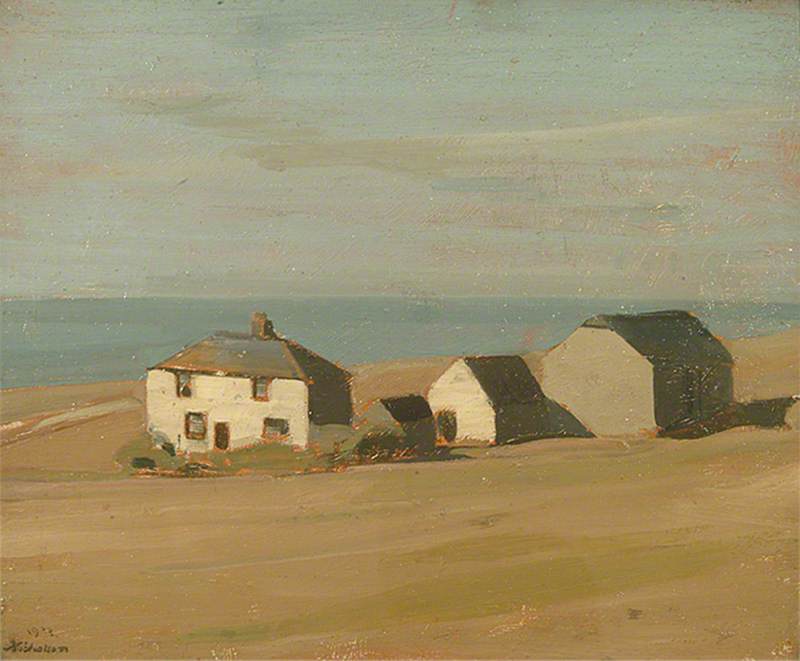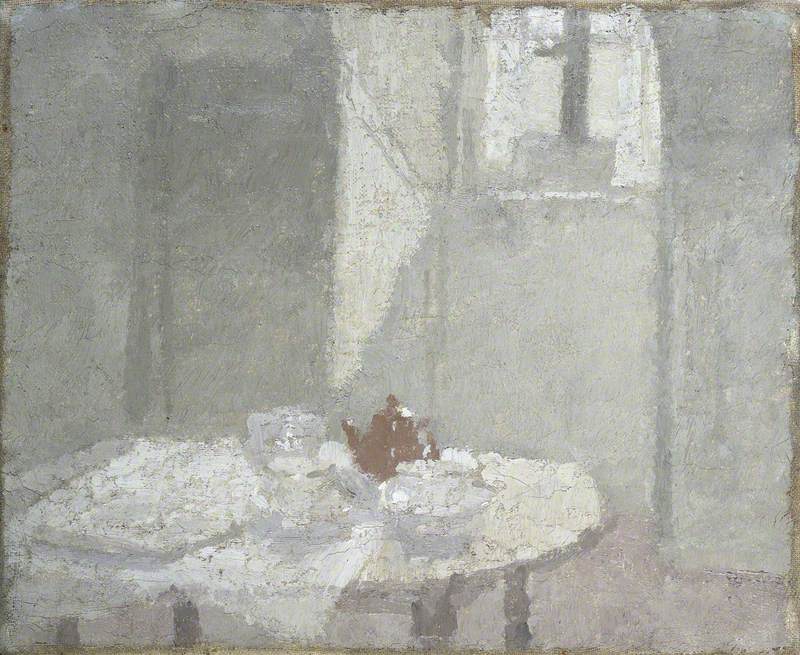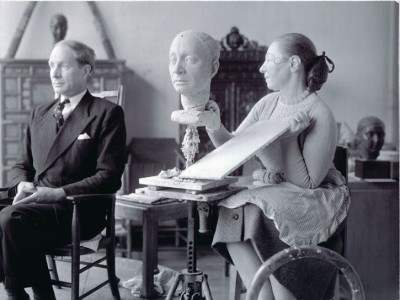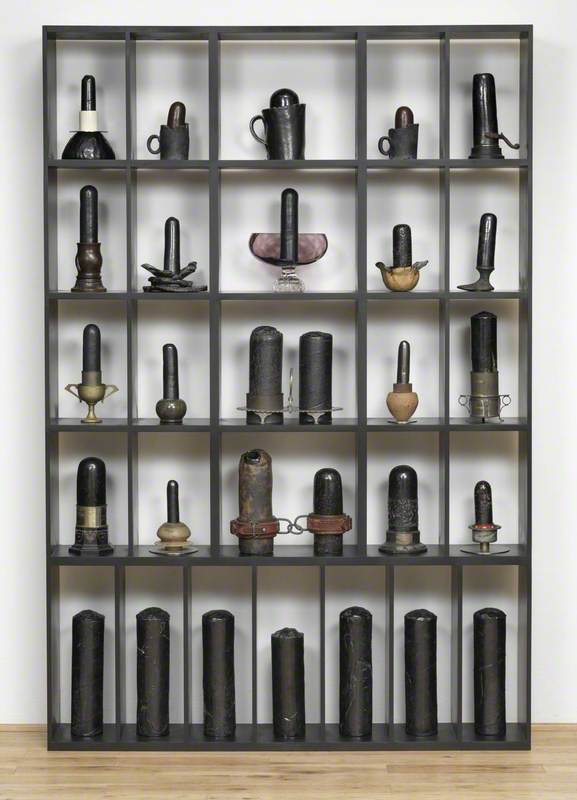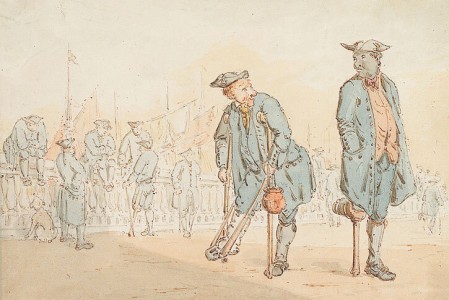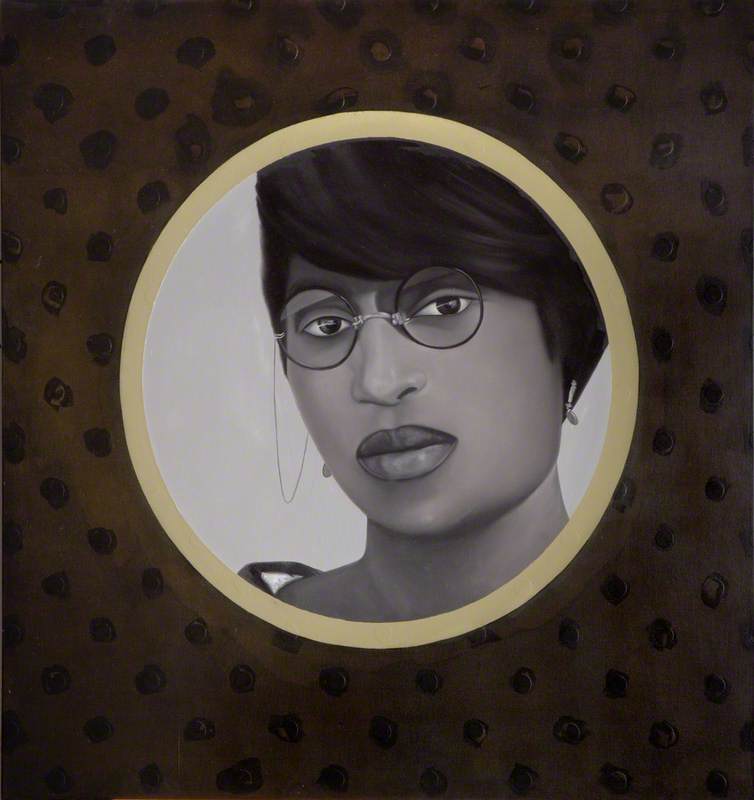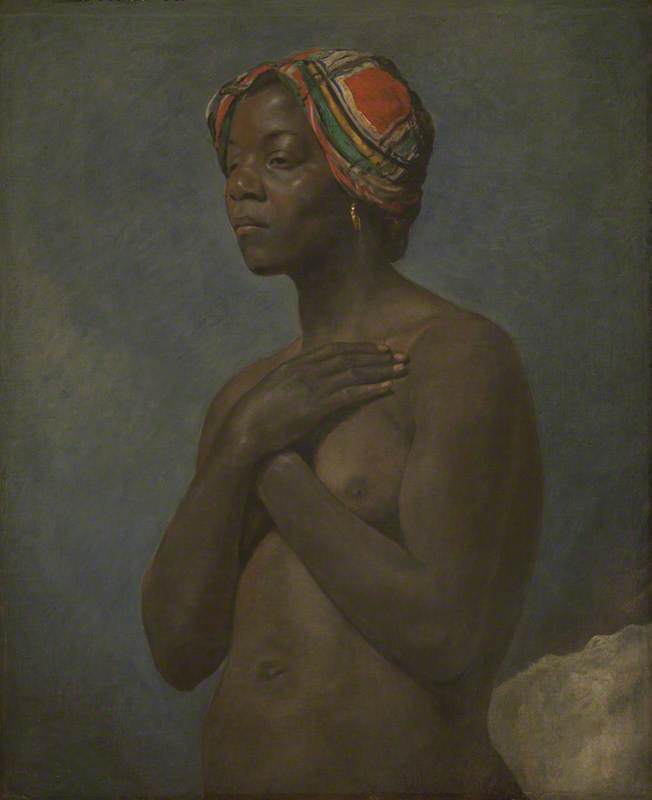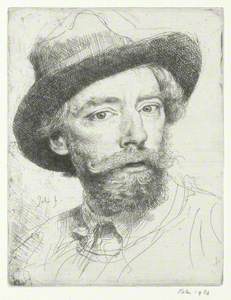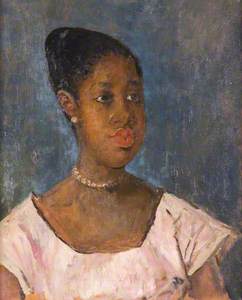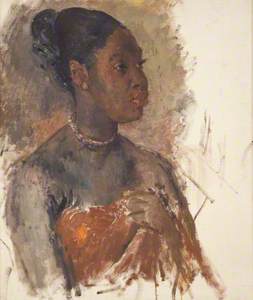Upon entering the gallery space, I was transfixed. I stood still for what seemed like years but was in reality only minutes. I stared at a painting that, for me, stood out above all others. This was my first encounter with Augustus Edwin John, and his painting Two Jamaican Girls in the Walker Art Gallery, Liverpool.
It was an unexpected, and delightful discovery because it reminded me of my own childhood in my home county of Wiltshire, and also linked me to a side of Jamaica that I knew about from my family, but had not seen reflected in British artworks in major national galleries before this visit.
After a long time viewing this work from the middle of the gallery, then standing as close as possible to it, my mind began to buzz with multiple questions about the work, the artist, and how I came to stand before this particular artwork. I realised that the portrait artist, Augustus John, had borne witness to the existence and lives of these Two Jamaican Girls, and committed their souls as he saw them in that moment to the oil painting hanging before me.
A Welsh painter, John was known as Britain's leading portrait artist at the beginning of the twentieth century. He was so popular that he appeared on the front of Time magazine in 1928 – the same year he was elected to be a Royal Academician. His portraits were admired for capturing the personality of each sitter.
Henry Tonks, John's Slade School of Art drawing teacher, said John's later portrait works were examples of 'painterly brilliance', being imaginative, extravagant, and catching the attitude of his subjects, most of whom were white and presented in traditionally European settings.
John's contributions to British art include many leading European personalities among them are celebrity portraits of George Bernard Shaw, James Joyce, William Butler Yeats and Dylan Thomas. His early works were described as 'methodical' and in line with the discipline of his draughtsmanship training; he was first celebrated for his brilliant figure drawings and then for a new technique of oil sketching.
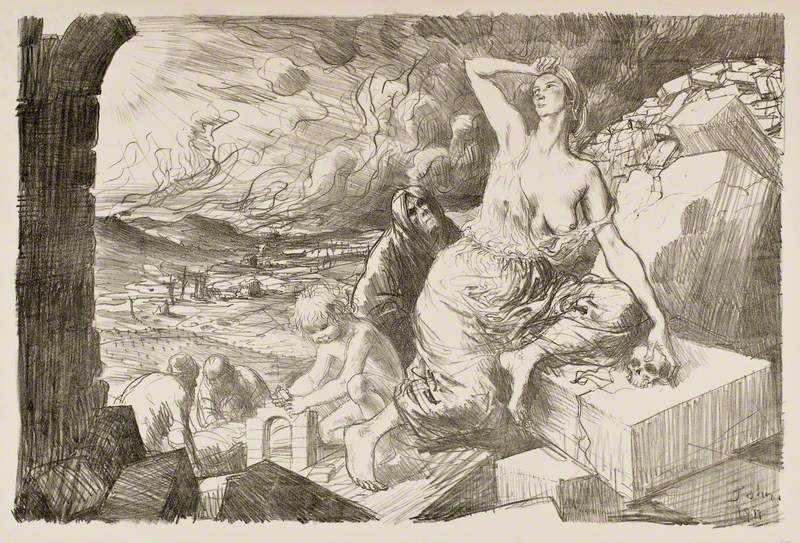
© the artist's estate / Bridgeman Images. Image credit: Amgueddfa Cymru – National Museum Wales
Augustus Edwin John (1878–1961) and Arthur William Turner (1856–1919) (by or after)
Amgueddfa Cymru – National Museum WalesJohn was a prolific artist with over 300 known works in public collections – and several more in private collections – who was widely admired by his contemporaries. John worked in the Post-Impressionist style like Cézanne and Van Gogh and his work in London was favourably compared with that of Matisse and Gauguin. Augustus John's sister Gwen John was also a well-regarded artist, though her life and work were the opposite of her brother's as she was notoriously reclusive, preferring to focus on introspective portraits of women. The John artist siblings' similarity was their interest in the peoples of the world beyond the white, middle-class Europeans of their Slade school contemporaries.
Augustus John's portrait work surpassed Impressionist's naturalism and embraced the symbolism, mystery and inward thoughts of his subjects. The colour and composition of the portraits work to evoke a strong sense of presence. From March to May 1937, when John travelled to Jamaica, he experienced a renewed burst of motivation, creativity and a resurgence of his powers; John was on a quest to portray the emotional 'otherness' of people outside of the centre of European civilisation and its art.

© the artist's estate / Bridgeman Images. Image credit: Amgueddfa Cymru – National Museum Wales
Portrait of a Jamaican Woman c.1937
Augustus Edwin John (1878–1961)
Amgueddfa Cymru – National Museum WalesThe Caribbean island was a great inspiration to John. He made many observant paintings of the women and hotel workers that he met there, including the Two Jamaican Girls. This is a celebrated example of John's renewed creative vitality after the First World War when his waning reputation started to regrow. From 1920, John travelled through Europe, Jamaica and the US in a bid to revive his declining reputation.
In the Two Jamaican Girls painting, the young girl in front appears bored while her sister, her portrait companion, seems apprehensive in John's presence. The names of the girls are unknown. John liked to work quickly and applied his paint very thinly. The dark guide outlines he sketched show through under the yellow paint of the dress worn by the girl on the left.
Other, lesser-known, works include a series of images of other women who John met, sketched, photographed, and subsequently painted during his time in the Caribbean.
The colour palette in A West Indian Girl shows a sense of light and movement, a bright playfulness to the unnamed sitter's situation. The application of the paint on the canvas indicates room for growth and space for change as also seen within the artist's 1913 self-portrait.
The works created from the Jamaica visit were uncompromising and searching in a similar way to his earlier interest in the lifestyle of nomadic communities.
In this other work, also titled A West Indian Girl, the subject is shown in earthy tones, with an upward wistful gaze as if looking towards the future and entertaining thoughts of freedom of movement.
During the Caribbean visit, John also created a number of pencil-on-paper studies and sketches of Jamaican females. The Portrait of a Jamaican Woman has an overall closed impression, as the woman is depicted with a closed mouth and averted gaze, clutching clothing to her bosom. This work has a contained yet also an incomplete feel to it, as if John was unsure how to finish the portrait.

© the artist's estate / Bridgeman Images. Image credit: Amgueddfa Cymru – National Museum Wales
Portrait of a Jamaican Woman c.1937
Augustus Edwin John (1878–1961)
Amgueddfa Cymru – National Museum WalesJohn was a bohemian individualist whose particular lifestyle included extramarital relationships and rumours of up to 100 children. Although John was seen as a part of the 'establishment', his later art and lifestyle positioned him firmly outside of the centre of established society.
In John's early marriage to Ida, they travelled together, with Dorothy McNeill, known to the family as Dorelia, around the UK in a Romany caravan on several occasions. John's sister, Gwen was also romantically involved with Dorelia before she settled into domestic life with both Ida and Augustus John.
The 1937 Caribbean trip included John's de facto wife Dorelia, of whom he created several portraits from that period of travel. In Jamaica, John stayed in a hotel just outside of Kingston where he painted the hotel workers and local Jamaican women he met.
The gaze of the Jamaican Girl in this image is bold, direct and unabashed, almost confrontational. The sitter seems intrigued, and at the same time unimpressed and disconnected from the artist.
View this post on Instagram
The travelling family also took photographs of their trip and the subjects John met and, on his return to the UK, John painted some additional portraits, including The Sisters, who have similar expressions and are dressed in the same type of clothing.
The Jamaica portraits that John produced were initially displayed in his solo exhibition at the Arthur Tooth and Son's Gallery in 1938 when the artist returned to London. These works were subsequently purchased by national and private collections, including the work Two Jamaican Girls (shown above) which is now owned by the Walker Art Gallery.
John's had a personal association with Liverpool as he moved, with his wife, Ida Nettleship, to the city in 1901 to teach at the Liverpool School of Architecture and Applied Art. While there, John connected with the renowned scholar and university librarian John Sampson. Sampson introduced John to Cabbage Hall, a wasteground near Aintree occupied by Gypsy communities. John continued to search for Gypsy, Roma and Traveller families throughout his life, learning their vocabularies, songs and rhymes. His interest in their culture greatly influenced his life and work.
John's art was most vibrant when portraying people from communities outside of established society. The Gypsy, Traveller and Jamaican works show a boldness that is not found in the earlier works that brought him global renown – his portraits of the leading European personalities were much more than painting by numbers, but they were somewhat technical and therefore superficial, and for me, did not contain the heart, warmth and soul of the characters captured in his later Caribbean works.
Marjorie H. Morgan, playwright, director, producer and journalist
